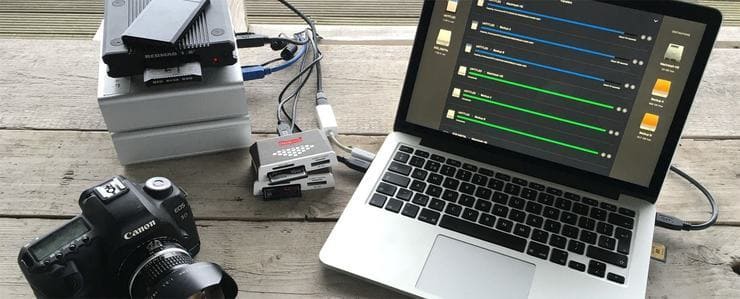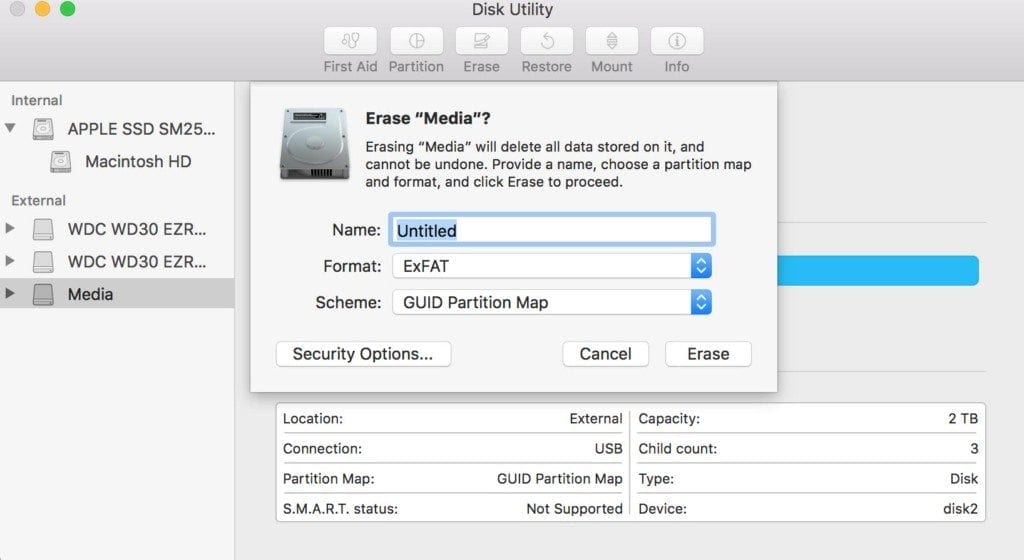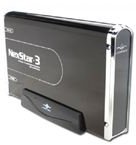


#Windows 7 format external drive for mac mac
MacDrive works with all Mac formats, including HFS+ and HFS, GPT, APM and MBR. With MacDrive you can access virtually any Mac-formatted disk, including internal and external hard drives, CDs, DVDs, flash drives and more. MacDrive has always given you access to the most Mac disks. MacDrive is like having a Mac interpreter in your PC. You can open, edit and save files on Mac disks, as well as create new disks and repair damaged ones. MacDrive gives you hassle-free, seamless access to Mac files on Mac disks directly from Windows. Introducing MacDrive 9 Standard and MacDrive 9 Pro. The next level of MacDrive technology is finally here.
#Windows 7 format external drive for mac windows
YMMV.For over 15 years, MacDrive has been the industry-leading solution for Windows users who need to access, format and manage Mac disks. Maybe because my Windows drive was a USB2 connection. Mount the sparsebundle diskimage by double-clicking it, and then tell Time Machine to use it.Ĭaveats: You must double-click the sparsebundle to re-mount the backup drive each time you disconnect/reconnect the drive or re-boot the Mac. However large the sparsebundle you specified, it will only be a couple of MB big at this point. You can get a commandline script off the interwebs which does this step for you.Ĭopy the new sparsebundle image to your external drive. TimeMachine makes two demands of this sparsebundle: it must be named after your machine, and it must contain a specific. Or, as per comment, you can use exFat instead of NTFS.Ĭreate a sparsebundle disk image. There are a 3 main steps to using an NTFS or other non-HFS+ drive for Time Machine: This is how TM works with a networked drive it creates a sparsebundle on the network drive, and then mounts it. Time Machine can work on 'foreign' drives fine by using a sparsebundle disk image. Yes, you can use a single NTFS disk for both Windows and Mac backups.

My external 1 TB drive, which I use for backing up my Mac and my wife's Windows PC, has two partitions called "Time Machine" and "BACKUP_WINDOWS": Replace BACKUP_WINDOWS with the NTFS partition name. To prevent the NTFS partition from being mounted every time you connect the drive into your Mac add this entry to /etc/fstab (as explained here): LABEL=BACKUP_WINDOWS none fusefs_txantfs noauto When you're done, plug the drive again into every Mac/Windows computer and select the corresponding partition as backup drive (see here for OS X and here for Windows).


 0 kommentar(er)
0 kommentar(er)
